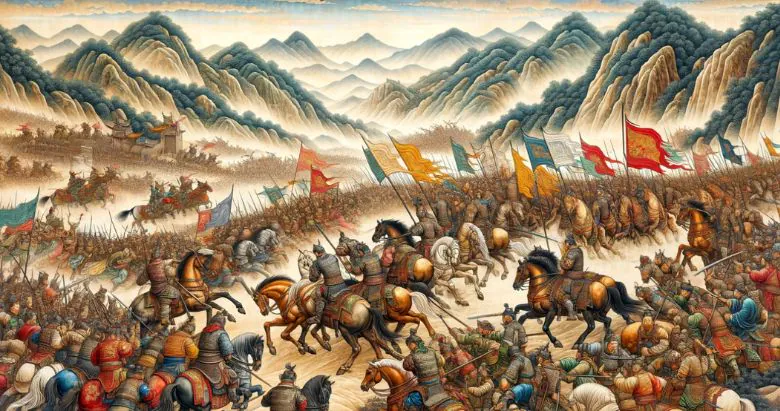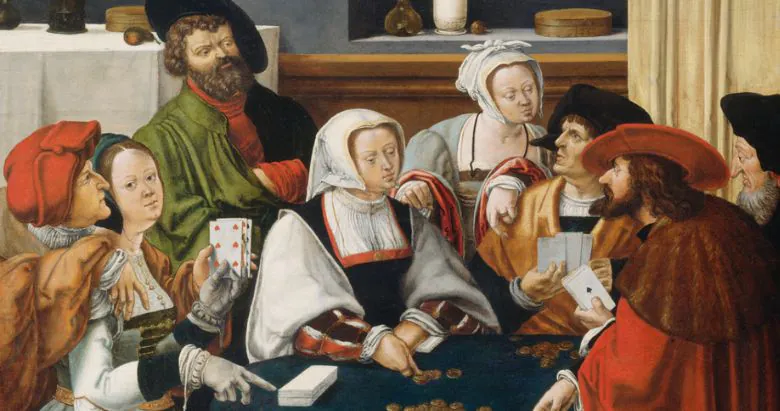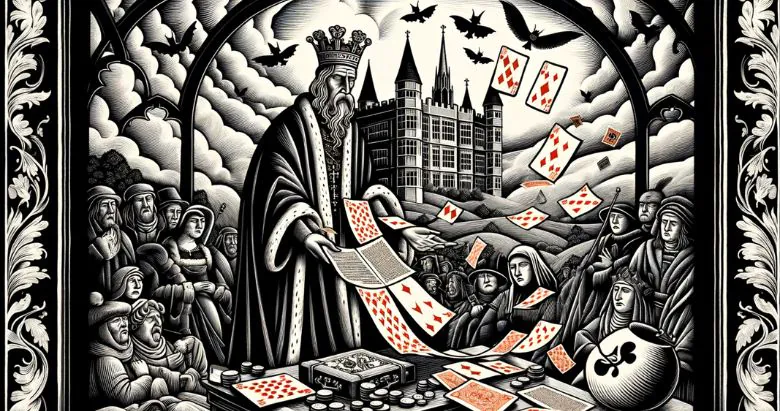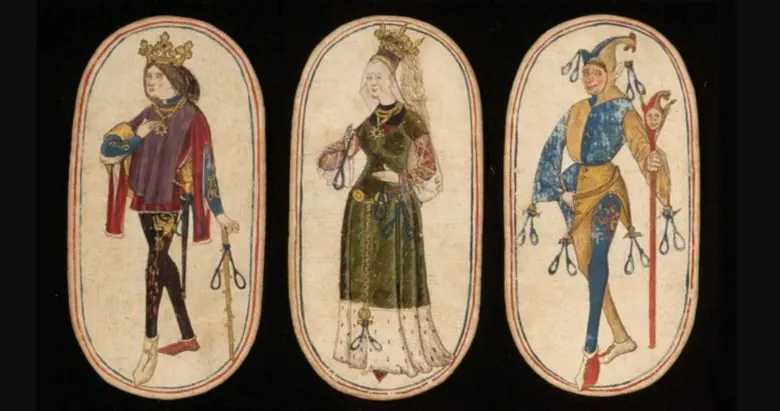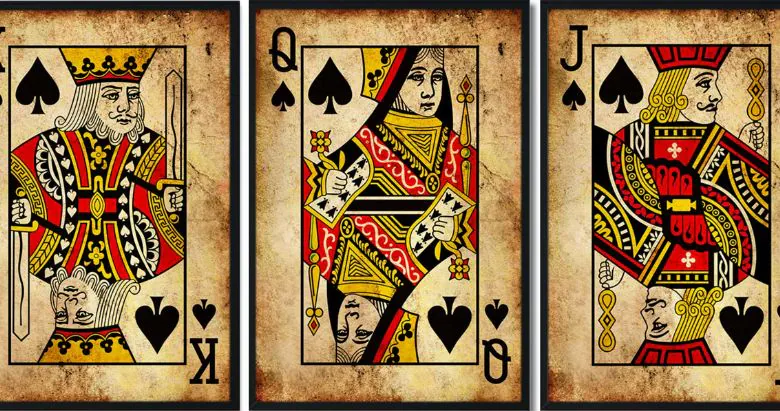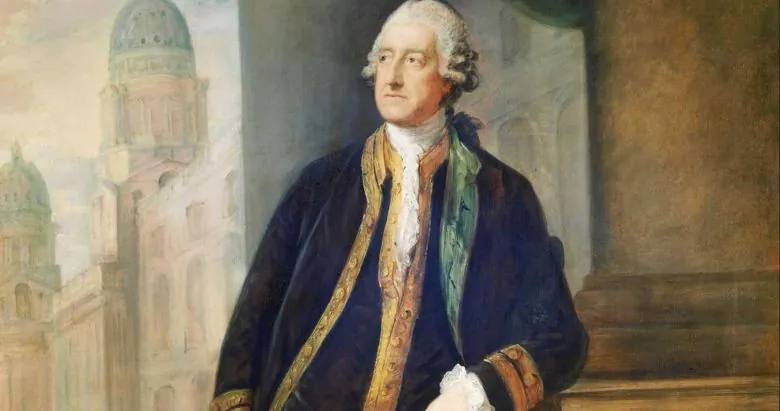The Secret History of Playing Cards
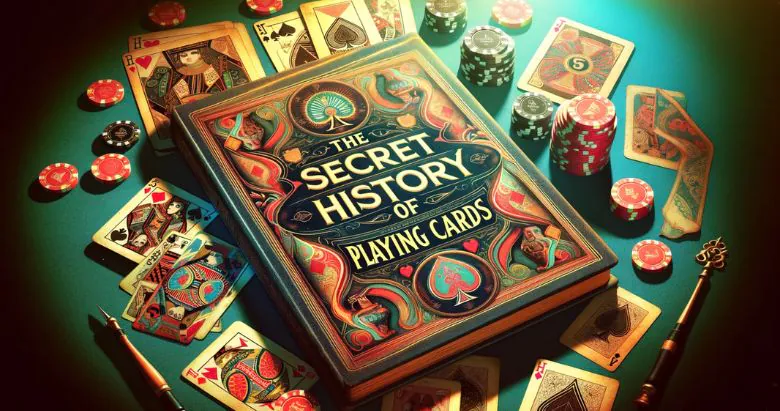
- Fact Checked by: PokerListings
- Last updated on: June 26, 2025 · 5 minutes to read
If you’ve never wondered how many combinations of the Rubik’s cube there are, then you already know it’s 43 quintillion. That doesn’t even equate to the fact that if you you started spinning a Rubik’s cube at intervals of one second some 14 billion years ago, you would have barely accumulated 1% of the total number of combinations by now. However, this article is not about the Rubik’s cube.
Did you know how many times a classic 52-card deck can be dealt? If you don’t know this answer either, you will be surprised to know that the number begins with an 8 followed by 67 zeros!
The history of playing cards began thousands of years ago, meaning one could talk about it for quite a long time. However, in this review, we’re not going to do that. Here, you’ll learn the most interesting and mystical things connected with playing cards.
Stake.US Poker
T&Cs Apply | Play Responsibly | GambleAware
18+ | Play Responsibly | T&C Apply
Where It All Began
The history of playing cards begins in China, going back about two thousand years or so. More precisely, the history of playing cards begins with the history of paper. When the Chinese figured out how to create paper, they kept the formula a secret for a long time. It was only at the ‘Battle of Talas’ in 751 that the Ottoman troops managed to capture two specialists who knew the formula.
After that, the formula for creating paper spread throughout the Islamic world. After just 40 years, production was underway in Baghdad. However, it took tens to hundreds of years for this piece of knowledge to reach Europe. The first paper mill appeared in England only in 1490. With the creation of paper, inventions as paper money, newspapers, books, and playing cards naturally came along.
In general, most historians agree that playing cards first appeared in China around the 9th century. However, their rules and decks have not survived. Conversely, in Europe, players cards appeared much later, mentioned for the first time only in 1731, after being the talk of the town in Italy, Spain, Switzerland, France, and other countries. They began to be of interest in all social circles, leaving authorities uncertain as to how to deal with them.
The English Parliament passed a law in 1461 that allowed playing cards only during the twelve days of Christmas, forbidding it on all other occasions. When the Church called playing cards “the devil’s picture book”, at the end of the that century, playing cards began to be burned in bonfires along with books, paintings, and musical instruments. However, there was no definite way to stop their popularity from spreading. When the printing press was invented in the world, a new production of playing cards of a completely different level began.
Finally, the European authorities realized that it was useless to fight against playing cards. It was much easier to get additional income from them. In England, a deck of cards was thus taxed and the symbol of that payment was put on the ace of spades. Subsequently, the ‘Aces of Spades’ was printed individually, prompting the establishment of a centralized Office of Stamp Duty. Accordingly, forgery was punishable by law.
While playing cards was being legalized in Europe, Portuguese merchants brought the playing cards to Japan. In 1633, after the closure of the country to foreigners, playing cards were also partially banned. As a result, new decks were constantly being created, while simultaneously being prohibited. This lasted until the Meiji era when restrictions were finally lifted and the Western approach to playing cards began to be adopted.
The Design
Of course, the design of the cards was constantly changing as well. The suits of playing cards were referred to differently in different countries. Bowls, swords, maces, and coins dominated Spain and Italy, while hearts, acorns, leaves, and bells were ever-present in Germany. The modern decks we’re accustomed to can be found across all these countries. In general, the contemporary playing card names originated in France as a result of simplicity. The French used black and red colors to better remember. In addition, they were easy to print and sell in large batches.
Between the 18th and 19th centuries, the pictures on the cards lost the correct bottom and top and began to be printed twice on one side. Before that, neither Jacks, Queens or Kings had two heads.
As the cards were often scratched and crumpled, the opponent could easily understand what kind of cards the players had. As soon as they began to be printed twice one side, this problem disappeared. Around this time, small symbols of their dignity and suit began to be printed. Therefore, the players only needed to see the edge of the card to understand what it was. For this, they had to change the name of the Jack card. Previously, it was Knave (scoundrel, scammer), then it became Jack. This resolved any confusion between this card and the King.
After that, during the middle of the 19th century, “shirts” began to appear on the cards. Previously, cards simply had white background. Rounded edges appeared as well, making the playing cards more difficult to bend and thus to cheat.
A Few Playing Cards Anecdotes
As some may know, John Montague, 4th Earl of Sandwich, First Lord of the Admiralty, was a fanatical gambler. Thus, quite a lot of his time was spent playing cards at the gentlemen’s club. One day he couldn’t eat dinner to play cards, so he asked a servant to bring him a piece of meat between two pieces of bread so that he could eat without getting his hands dirty. His competitors asked for the same. That’s how the name ‘sandwich’ came about.
While this story is documented and well-known to people, the following one may not be. During the French revolution in the 1790s, the highest card was considered an ace. This was somewhat common practice before, but after the fall of the French monarchy, the Ace’s value has increased significantly.
Playing Cards Today
In the 1930s, a group of the largest card manufacturers, including the USPS market leader, the United States Playing Card Company, decided to add another suit to the deck making the total number of playing cards 65. The suits were also different. In the USA, there was the green eagle and in the UK, the blue crown. As the customers did not like this idea, everyone soon returned to 52-card decks .
In the 20th century, playing cards continued to evolve in various directions. Collectible exchange cards, Pokemon cards, baseball players, and the like began to appear. In 2019 alone, a total of 28 billion Pokemon cards produced cards, while the Japanese collection of Yugio sold 25 billion.
However, the peak of popularity of playing cards seems to have passed. In 1981, a survey noted that British people play cards 2 times a week. Today, this number is probably lower, considering how much entertainment, including gambling, there is in the world. However, in many countries, playing cards are still considered a favorite pastime. For example, in India, a million decks of playing cards are sold every day.
CoinPoker
T&Cs Apply | Play Responsibly | GambleAware
+18 / T & C apply / Play responsible
-
- 100% up to $2000
T&Cs Apply | Play Responsibly | GambleAware
18+ | Play Responsibly | T&C Apply
-
CoinPoker4.1
- 33% Weekly
- 150% up to 2000$
T&Cs Apply | Play Responsibly | GambleAware
+18 / T & C apply / Play responsible
-
Stake.US Poker4.3
- Rakeback 5%
- $55 Stake Cash + 260K Gold Coins
T&Cs Apply | Play Responsibly | GambleAware
18+ | Play Responsibly | T&C Apply
-
- 100% up to $1000
T&Cs Apply | Play Responsibly | GambleAware
T&Cs Apply | Play Responsibly | GambleAware
-
T&Cs Apply | Play Responsibly | GambleAware
18+ | T&Cs Apply | Play Responsibly | GambleAware

